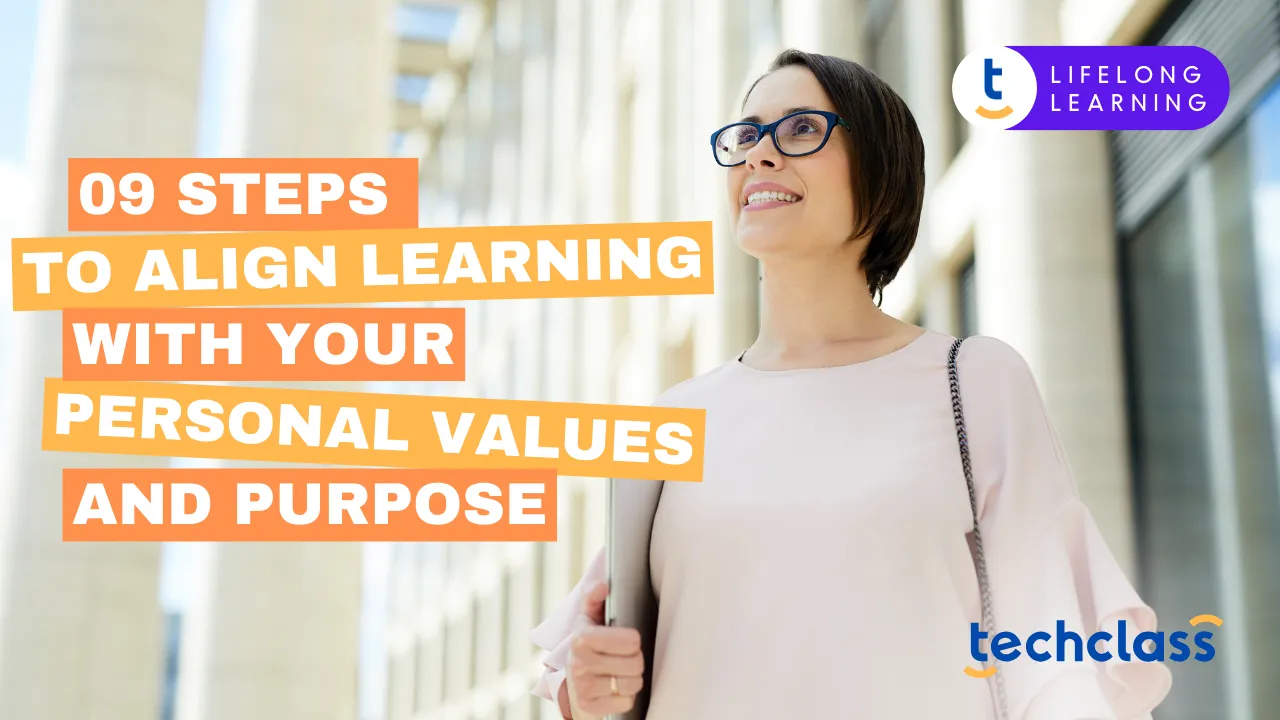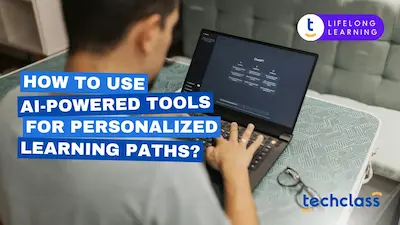
Lifelong learning is more than a professional development trend, it’s a path to personal fulfillment. But without direction, even the most motivated learners can feel adrift. One powerful way to stay grounded is to align your learning efforts with your personal values and life purpose. This alignment doesn’t just boost productivity, it nurtures meaning, motivation, and long-term satisfaction.
We all have unique internal compasses, our personal values, that define what truly matters to us. Whether it’s freedom, creativity, connection, or contribution, these values shape our identities and influence our choices. When our learning aligns with these values, we’re more likely to persist through challenges, because the effort feels meaningful rather than obligatory.
Our motivation becomes intrinsic, driven by a genuine desire to grow in ways that resonate with who we are. Learning starts to feel authentic and purposeful, rather than performative or externally driven. Instead of chasing every trending course or popular skill, you may pause and ask, “Does this matter to who I am and who I want to become?”
To align your learning efforts with your personal values and purpose, look into the following:
Before aligning your learning, you must understand what drives you.
Ask yourself:
Journal your reflections and narrow down your list to 3–5 core values, the non-negotiables that consistently influence your life choices.
Examples:
These will serve as your learning compass.
Values guide your “how,” but purpose answers your “why.” It provides direction and vision for your lifelong learning efforts.
Try finishing this sentence:
“I want to learn continuously so that I can ______.”
It could be:
A clear purpose fuels long-term commitment and helps filter out distractions.
Learning that feels natural is more likely to stick. Understanding how you learn best makes the process not only easier, but also more enjoyable.
When you pair your learning style with your values, you unlock powerful synergies. For instance, a kinesthetic learner who values courage might thrive in learning environments that include physical challenges or experiential learning, like traveling to learn a language or volunteering for a hands-on cause.
Generic goals like “learn coding” or “take up painting” can feel hollow without context. But if you value creativity and independence, a goal like “learn digital illustration to build a side business” hits deeper.
Use the SMART method (Specific, Measurable, Achievable, Relevant, Time-bound), but ensure your goals are value-relevant too.
Examples:
This makes learning sustainable and self-reinforcing.
Not all books, podcasts, or courses will speak your language, literally or philosophically. It’s important to choose content and mentors that reflect your values, background, and aspirations. If you’re an ethical consumer, seek out sustainability-focused learning platforms that align with your environmental or ethical beliefs. If you’re socially conscious, look for inclusive, justice-centered content that challenges systemic issues and supports equity. If you’re spiritually inclined, explore mindfulness practices or contemplative learning frameworks that nourish your inner life. The more you resonate with the source of your learning, the more deeply and meaningfully you’ll absorb and retain the material.
Reflection is where alignment gets tested and refined. It's essential to make space regularly to ask yourself important questions: Is my learning still in tune with what matters to me? Has my purpose evolved over time? Am I applying what I’ve learned in ways that feel right and true to who I am? This reflective practice can take many forms, daily journaling, weekly check-ins, or deeper monthly reviews. Whatever form it takes, the goal is to stay aligned and intentional, ensuring that your lifelong learning journey remains guided by your values and not simply shaped by external trends or pressures.
Learning that remains theoretical often fades. To truly embed knowledge, apply it to real-life scenarios that align with your purpose.
Examples:
Application makes learning real and purposeful.
Sometimes the biggest obstacle to aligned learning isn’t internal, it’s the environment around us. Friends who don’t share your values, a workplace that doesn’t support personal growth, or the constant buzz of digital distractions can all pull you away from your purpose. That’s why it’s important to take small but intentional steps to shape an environment that supports who you’re becoming.
Join learning communities that share your values, such as book clubs, discussion circles, or online networks where ideas and support flow naturally. Design a learning space, whether physical or digital, that invites focus and reflection, making it easier to stay centered on what matters. Even simple actions like unfollowing digital content that doesn’t align with your values can clear mental space and help you stay connected to your true learning path.
Values aren't fixed. Neither is purpose. Life changes you, and that’s a good thing. Stay open to:
Lifelong learning is not a straight line. Alignment means checking your compass often, not locking into one path forever. When you align your learning with your personal values and life purpose, you unlock a deeper sense of fulfillment. Instead of chasing credentials or trends, you pursue wisdom that enriches your identity, strengthens your contribution, and makes learning a meaningful way of living. Remember, learning isn’t just about knowing more, it’s about becoming more of who you truly are.


.webp)